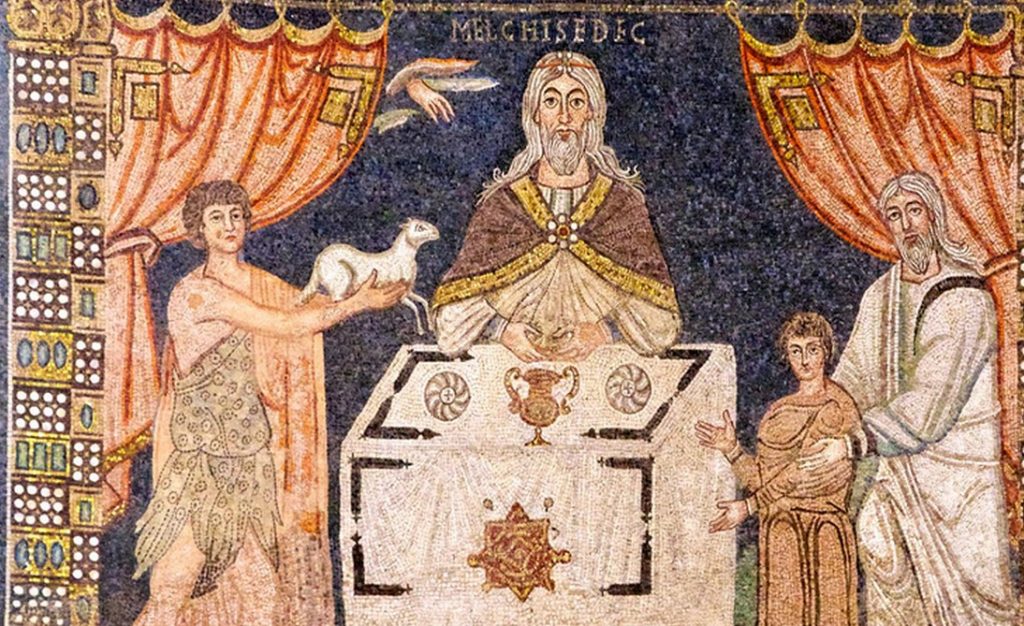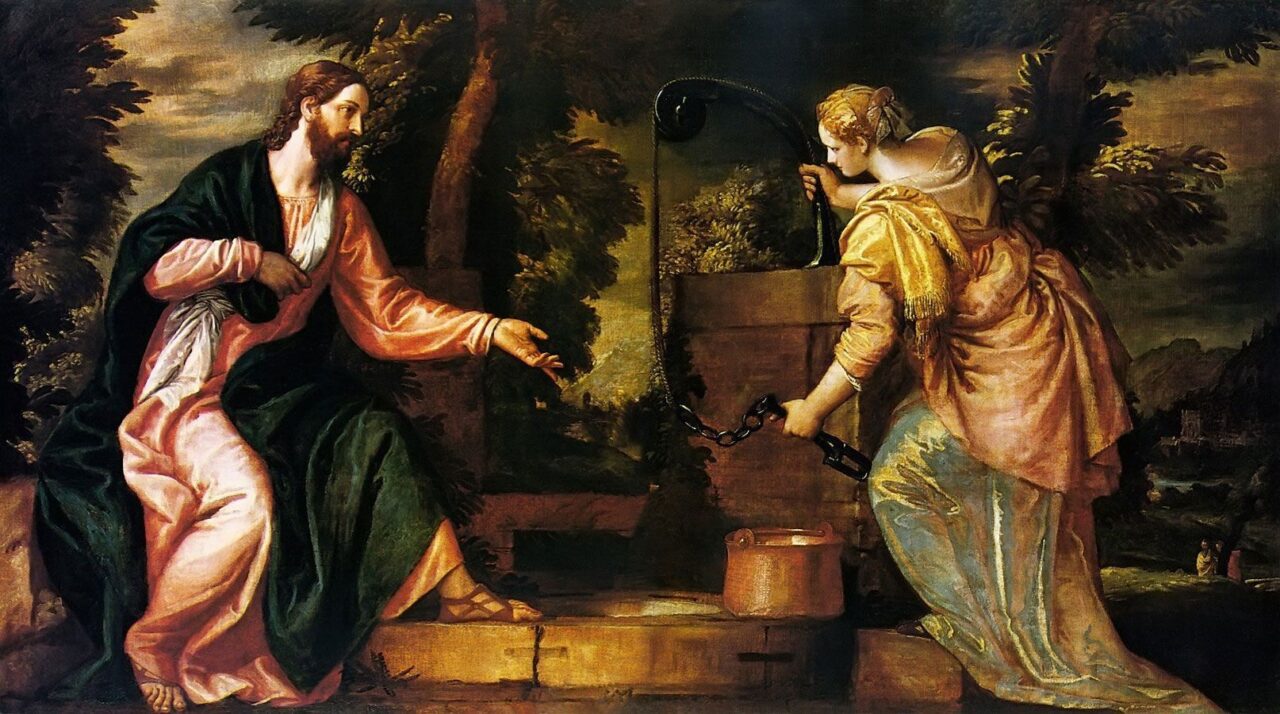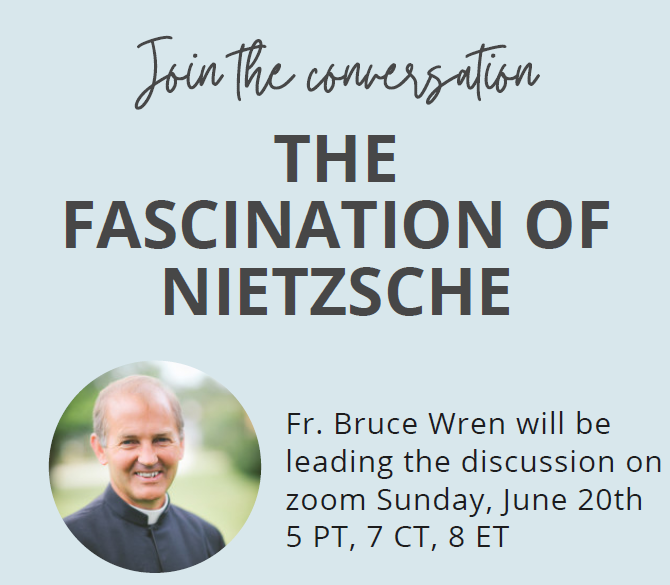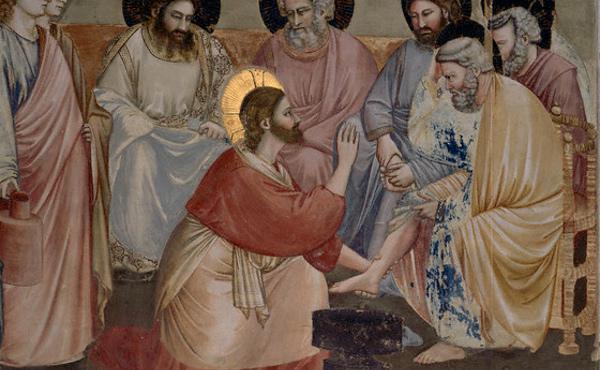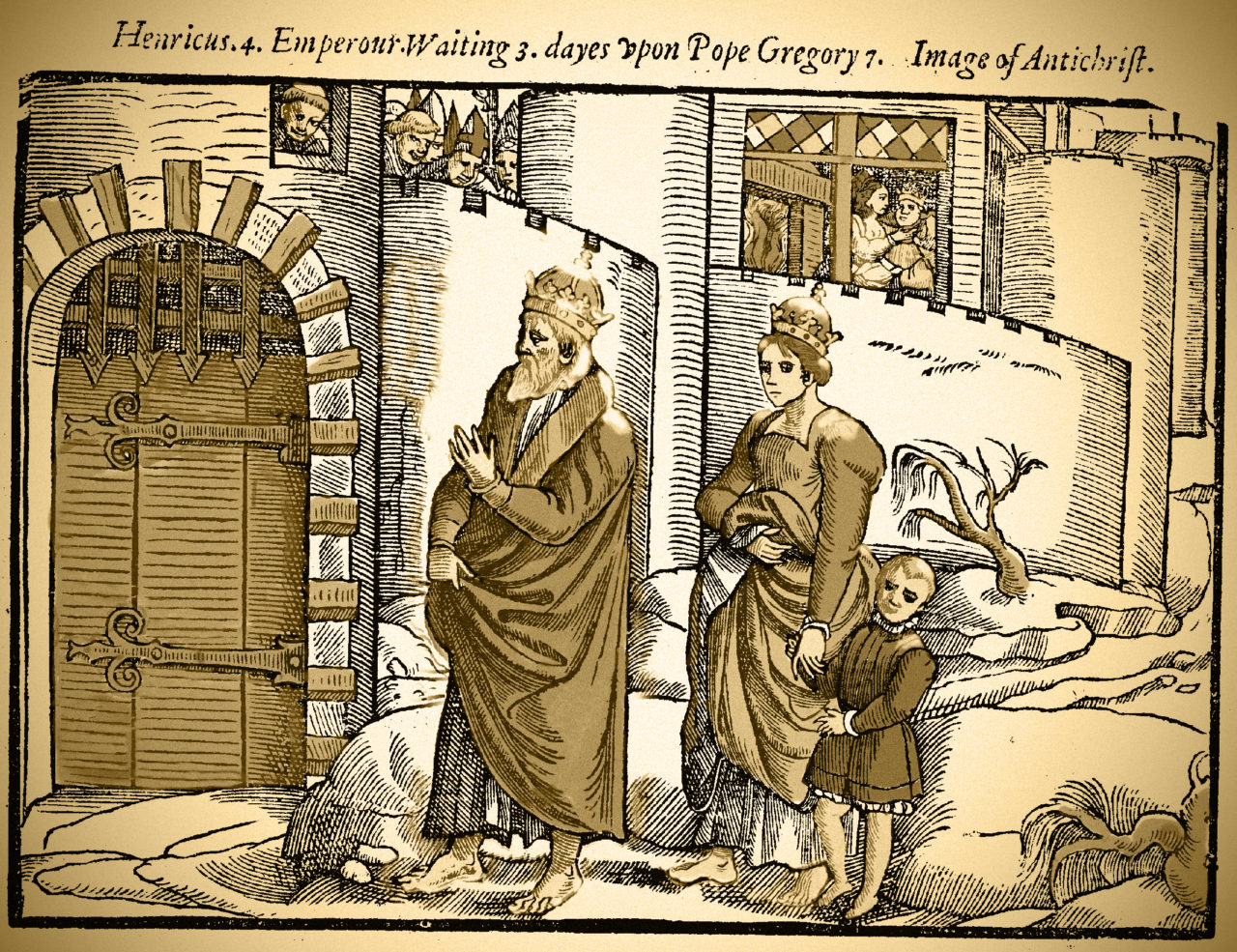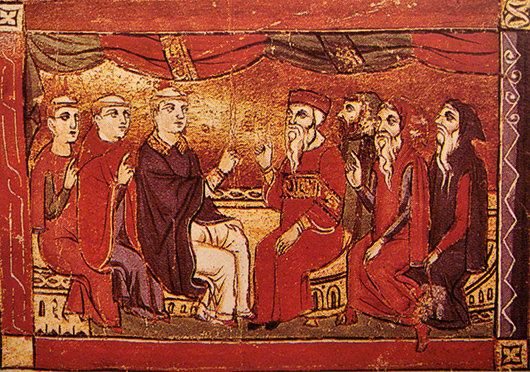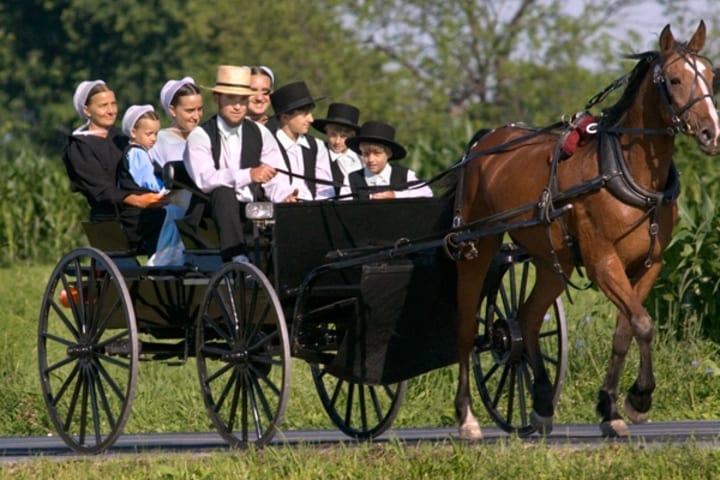Tag: church
-

The Priesthood of the Church
As a Catholic, in conversations with fellow Christians, the question of the priesthood often arises. What is the purpose of a priest? Certainly, one can point to the importance of having a Church for doctrinal unity, but that points more to the importance of a Church rather than priests. Christ’s Apostles were fishermen, people from…
-

Toward a Conversational Christianity
Tell all the Truth but tell it slant — Success in Circuit lies Too bright for our infirm Delight The Truth’s superb surprise As Lightning to the Children eased With Explanation kind The Truth must dazzle gradually Or every man be blind. — Emily Dickinson, quoted in Peterson I was fortunate. I read…
-

-

Christian Midrash: In the Church Today
Given my staple here as a writer who submits to and defends the authority of the Catholic Church, I am taking a bit of a step back in these four articles where I will explore some random theological ideas. The articles are based on a paper I wrote in University in which I hope to…
-

Apostolic Succession Part 2: Heresy, Hooligans, and the Holy
This article is a continuation of a previous post, where I begin my three article journey responding to Zach. In this piece I will look at Apostolic Succession through a historical lens, bringing together many of the “Fact Checks” from my previous post. We will clearly define what is meant by Apostolic Succession and why…
-

Church and State Part Three: Popes and Kings
This is the third installation in a series of articles in which I present my view of church history with a focus on the relationship between church and state. In my last article, I covered the caesaropapism. Today I cover the middle ages, the Holy Roman Empire, and the papacy. In my next and last…
-

What Real Ecumenism Looks Like
For the past few years, Zach and I have had a running debate with Vlad about whether the term “Ecumenical” aptly describes Morning Walk. Zach and I advocate for its inclusion into our Mission Statement. Vlad, in all his belligerent Russian Orthodox fashion, thinks the word speaks too much like a festering of High Church…
-

Christianity of the Third Millennium
I can see the merits of Sola Scriptura. I can see why so many people choose to adopt that ideology. Just as Jesus seemingly condensed the law into two rules, so a summary compilation of the tenets of the faith, the Bible, condenses the work of millennia. It’s easier to read, and, in theory, it’s…

